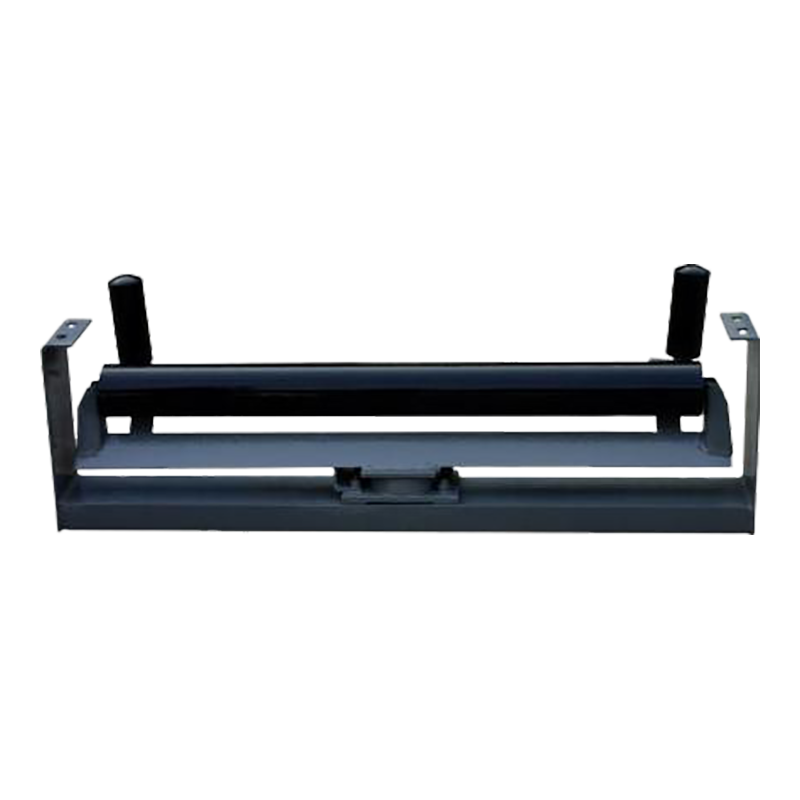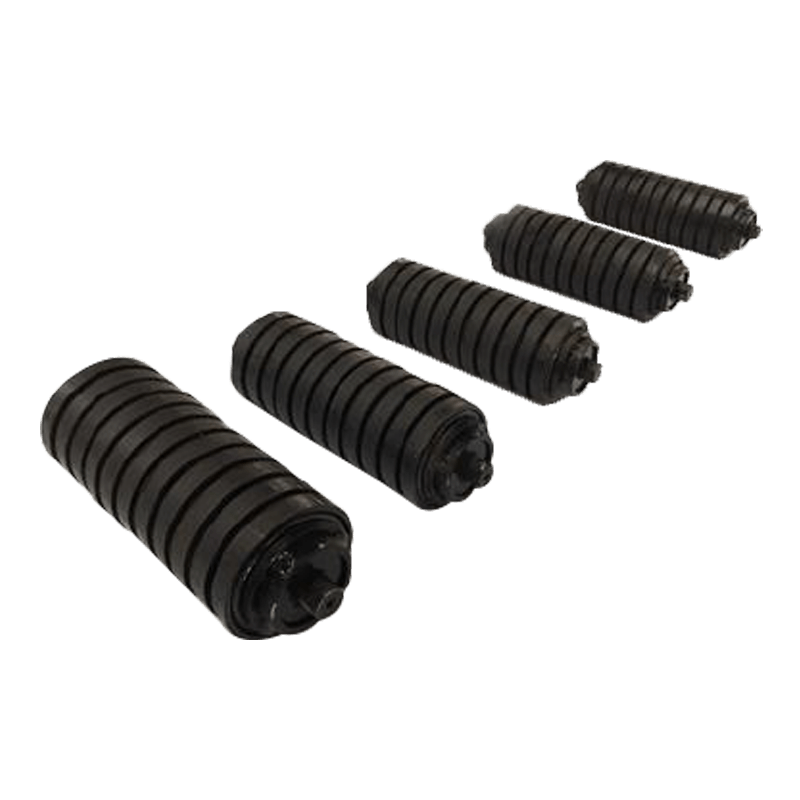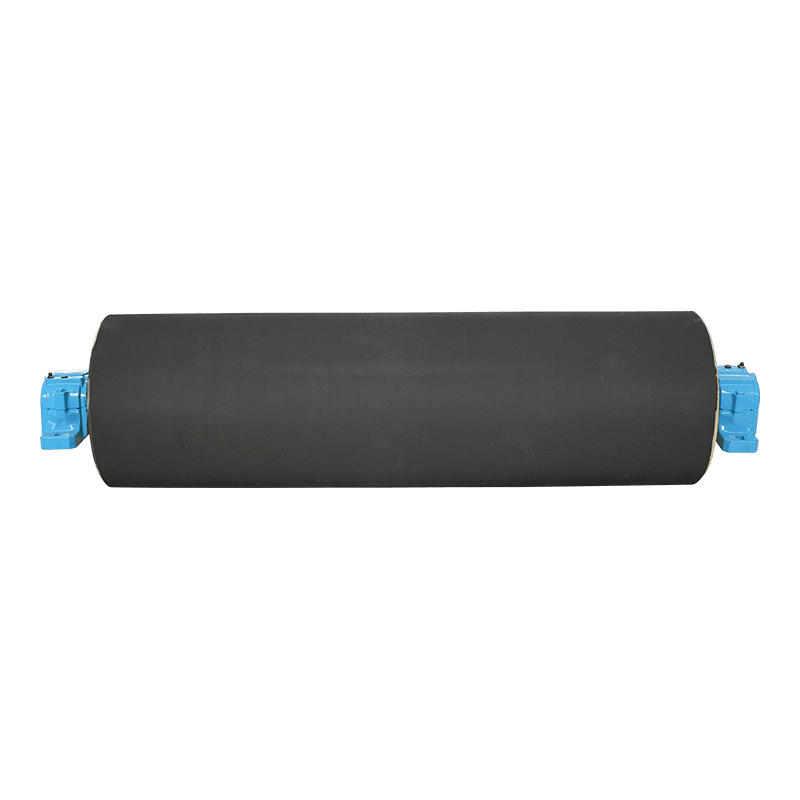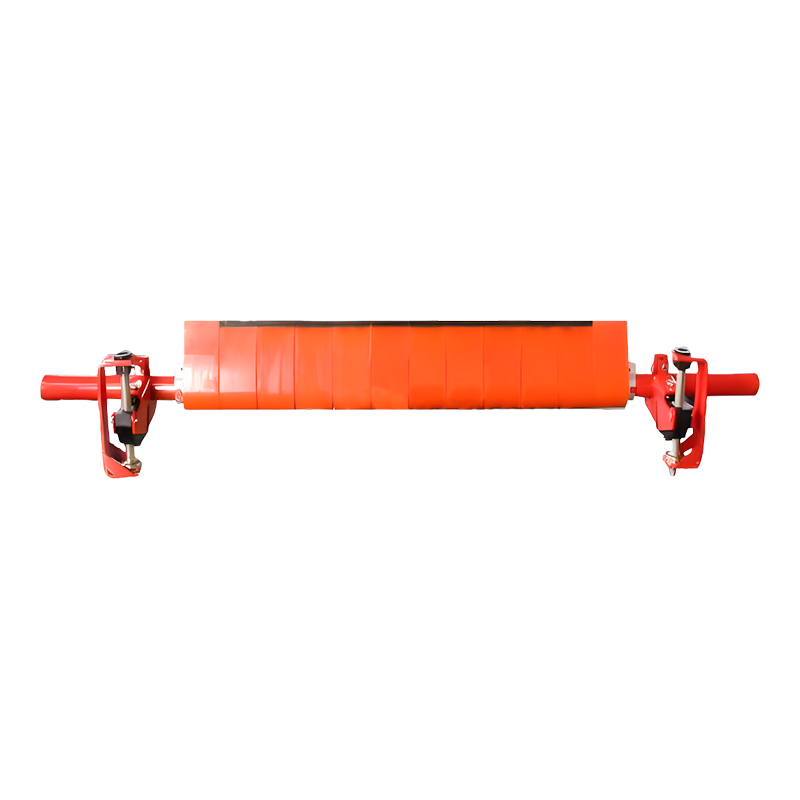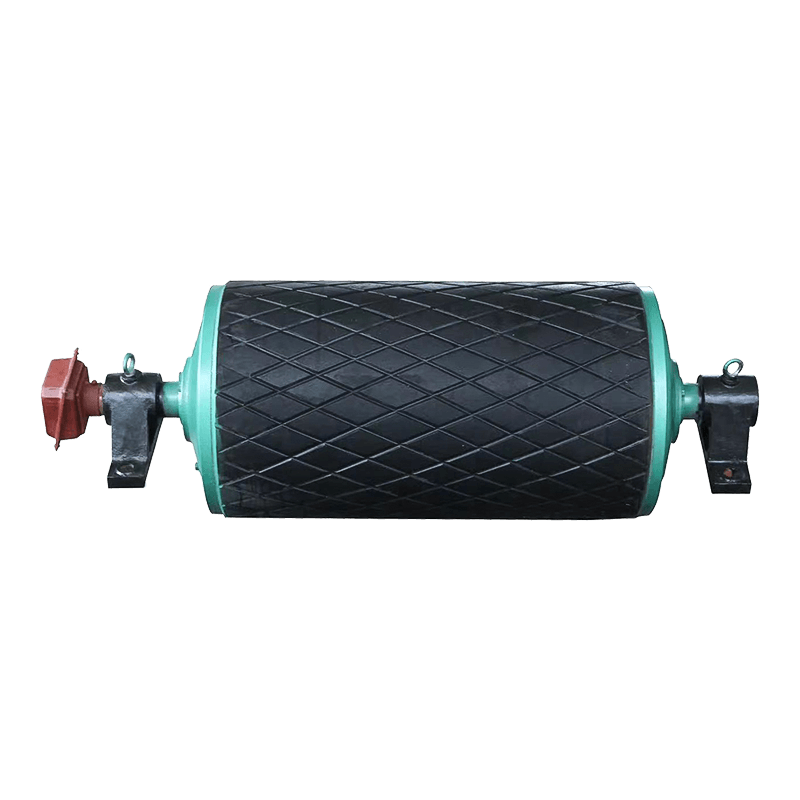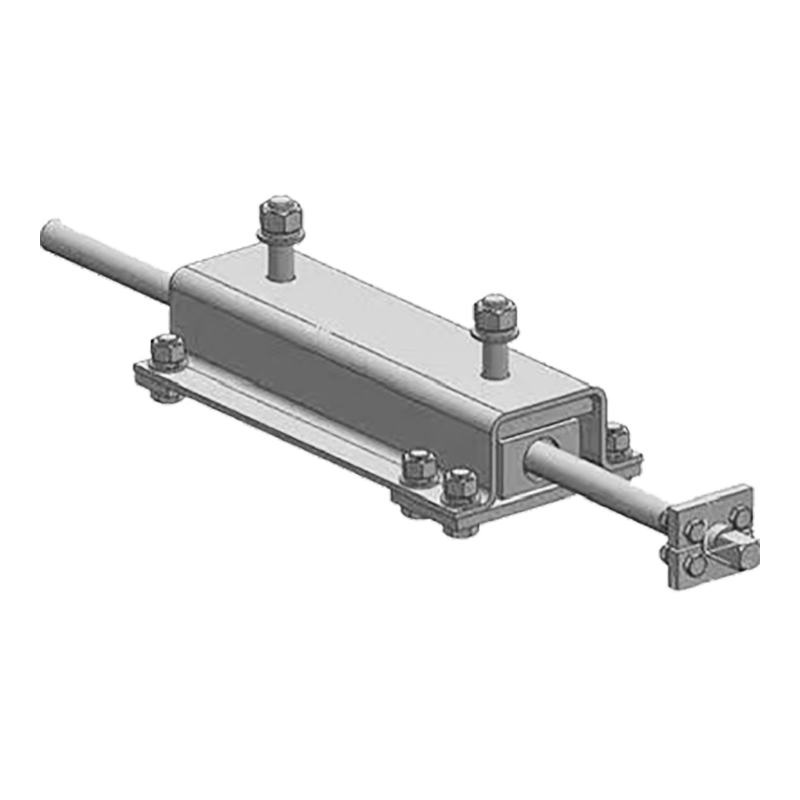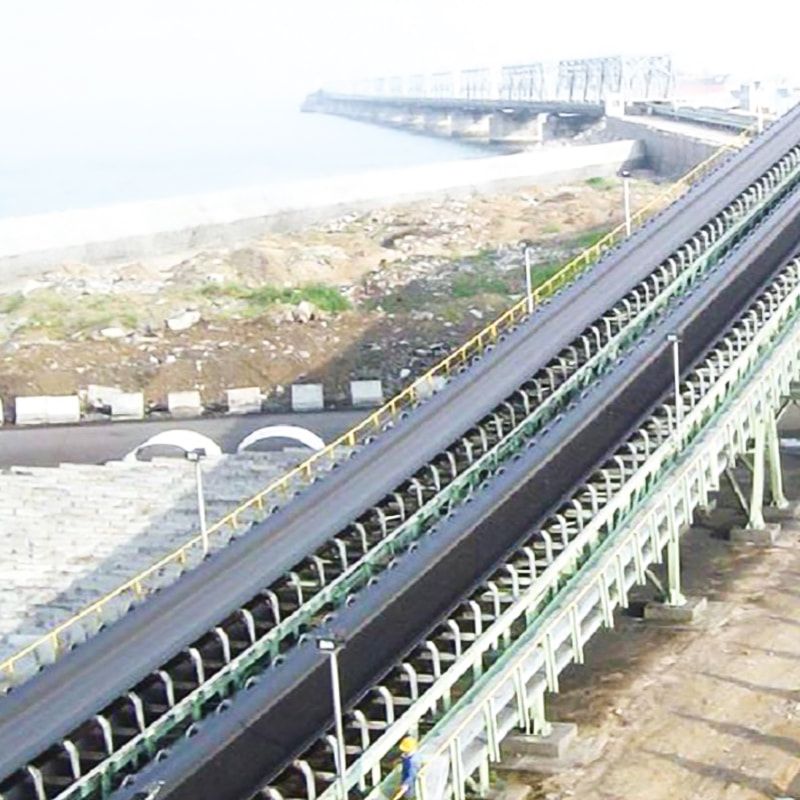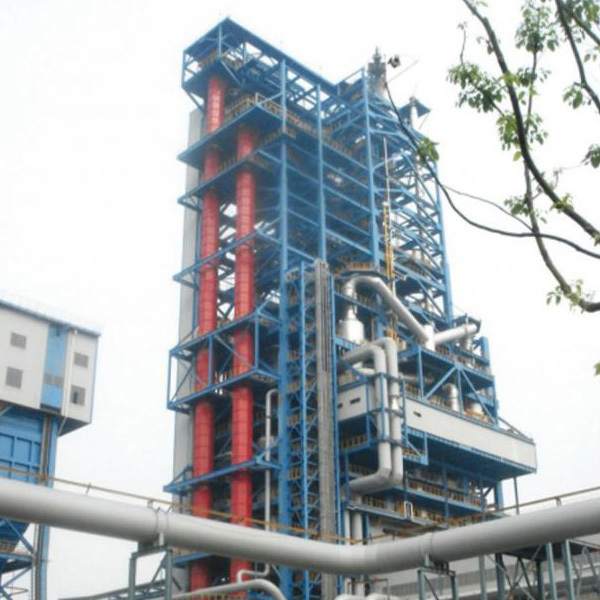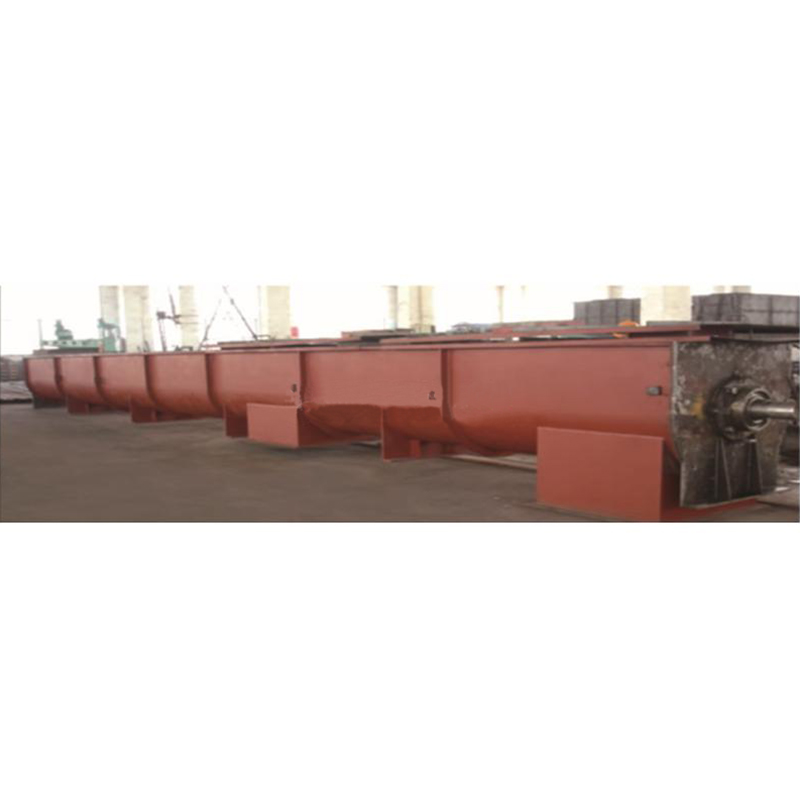What are the benefits of using fixed belt conveyors in industries that require continuous, high-volume material transport?
 2025.04.02
2025.04.02
 Industry News
Industry News
In industries that rely on the efficient movement of materials, fixed belt conveyors play a crucial role in optimizing production processes. These conveyors are designed to handle high volumes of materials over extended periods, making them an ideal solution for industries such as manufacturing, logistics, mining, and agriculture. The benefits of using fixed belt conveyors in high-volume material transport are significant, offering both operational and economic advantages.
One of the key benefits of fixed belt conveyors is their ability to provide continuous and reliable material handling. Unlike manual labor or intermittent transportation systems, fixed belt conveyors can operate around the clock, seamlessly transporting large quantities of materials from one location to another without interruption. This continuous operation ensures that production lines and distribution systems can maintain a consistent flow of goods, improving overall efficiency and reducing downtime. For industries that require high throughput, such as food processing or bulk material handling, this uninterrupted flow is critical for meeting demanding production schedules.
Another major advantage of fixed belt conveyors is their scalability. As industries grow or experience fluctuations in demand, these conveyors can be easily adapted to accommodate higher volumes of materials. With a range of available configurations, including adjustable speeds, belt widths, and lengths, fixed belt conveyors can be customized to fit the specific needs of the operation. Whether it's for handling lightweight packages or heavy bulk goods, these conveyors can be tailored to handle a wide variety of materials, making them versatile and cost-effective.
The durability and robustness of fixed belt conveyors are also significant factors that contribute to their widespread use in high-volume material transport. These conveyors are designed to withstand harsh conditions, including heavy loads, extreme temperatures, and abrasive materials. This durability ensures that they can handle the demanding environments of industries like mining, recycling, and construction, where the transportation of materials can be both physically challenging and high-volume. The sturdy construction of fixed belt conveyors reduces the likelihood of breakdowns or malfunctions, ensuring that operations continue smoothly and with minimal disruptions.
Fixed belt conveyors also offer significant labor-saving benefits. By automating the transportation of materials, they eliminate the need for manual handling, which can be time-consuming and physically taxing. This reduction in manual labor not only decreases the risk of worker injuries but also allows employees to focus on higher-value tasks, such as quality control or machinery maintenance. The automation provided by fixed belt conveyors leads to improved productivity and efficiency, enabling industries to process larger volumes of materials with fewer workers.
The ability of fixed belt conveyors to enhance safety in material handling is another important benefit. These systems reduce the risks associated with manual material handling, such as injuries from lifting, carrying, or moving heavy loads. Additionally, fixed belt conveyors can be equipped with safety features, such as emergency stop buttons, guards, and sensors, to further protect workers and prevent accidents. The controlled movement of materials on the conveyor reduces the likelihood of accidents that could occur with more manual methods of transport, contributing to a safer work environment.
Efficiency in energy consumption is also a key consideration in high-volume material handling, and fixed belt conveyors are designed to optimize energy use. Compared to other material handling systems, such as cranes or forklifts, conveyors are generally more energy-efficient. The steady, continuous movement of materials on a fixed belt conveyor requires less energy than operating a fleet of vehicles or other machines for similar tasks. Many modern fixed belt conveyors are designed with energy-efficient motors and low-friction components, which further reduce operational costs and environmental impact.
Moreover, fixed belt conveyors can improve the overall organization and cleanliness of the workspace. By consolidating the transportation of materials into a single, continuous flow, these conveyors reduce clutter and eliminate the need for temporary storage or handling areas. This streamlined process helps to maintain a clean, organized work environment, which is especially important in industries such as pharmaceuticals or food processing, where hygiene and cleanliness are critical.
The flexibility of fixed belt conveyors is also an advantage for industries that deal with diverse materials. These systems can be easily adapted to transport a wide variety of goods, from fragile items like glass or electronics to heavy and abrasive materials like coal or gravel. The design of the conveyor belt can be modified to accommodate different types of materials, ensuring that goods are transported efficiently and safely, regardless of their size, weight, or fragility.
Finally, fixed belt conveyors offer excellent cost-effectiveness for industries that require continuous, high-volume material transport. Although the initial investment in a fixed belt conveyor system may be significant, the long-term benefits, including reduced labor costs, minimized downtime, and increased productivity, make them a worthwhile investment. The durability and low maintenance requirements of fixed belt conveyors also contribute to their cost-effectiveness over time, providing companies with a reliable and efficient transportation solution.

 English
English  русский
русский Español
Español


